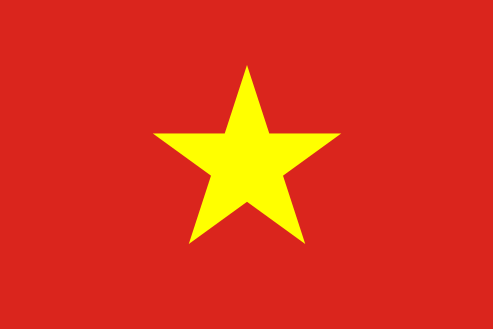Stroke – Causes, Symptoms, and Complications | Wellbeing
A stroke, also known as a cerebrovascular accident, is one of the leading causes of death worldwide. It is caused by a disruption in the blood supply to the brain, leading to a lack of oxygen for the brain cells. The longer this condition persists, the more brain cells die. Therefore, understanding the causes, symptoms of stroke, and signs of a cerebrovascular accident is crucial for timely prevention and intervention to minimize complications.
1. Causes of stroke
There are two main categories of stroke causes: fixed risk factors (age, gender, family history, and ethnicity) and pathological causes.
Research indicates that the risk of stroke increases with age. From the age of 55, the risk of stroke doubles every 10 years. Men are at a higher risk of experiencing a stroke compared to women. Additionally, factors such as a family history of stroke or ethnicity (e.g., people of color) also increase the risk.
Pathological factors include: a history of previous strokes, diabetes, high blood pressure, cardiovascular diseases, high cholesterol, overweight, and obesity, all of which significantly raise the risk of stroke. Furthermore, an unhealthy lifestyle such as smoking, lack of exercise, and poor diet further increases the risk.
2. Symptoms of stroke
Every minute that passes, more brain cells die. Therefore, recognizing the symptoms of a stroke and taking timely action is crucial. Common symptoms of a stroke include:
- Sudden feelings of weakness or lethargy.
- Numbness of the face, with a noticeable droop on one side of the smile. This is one of the most common and significant stroke symptoms.
- Dizziness, sudden loss of balance, difficulty moving. The most accurate sign of a stroke is the inability to lift both arms above the head simultaneously.
- Severe headache, which may cause nausea. Blurred vision.
These stroke symptoms may appear simultaneously or individually. Additionally, the patient may experience a transient ischemic attack, which lasts only a few minutes. This is a crucial warning sign of a stroke that patients and their families should be aware of.
3. Possible complications from stroke
The complications a patient may experience depend on whether the stroke symptoms are detected promptly and how the symptoms are managed. A stroke can result in numerous complications affecting various body systems.
In the respiratory system, if the brain damage occurs in the center that controls breathing, it can lead to respiratory arrest or even death. In the circulatory system, damage is often caused by unhealthy lifestyle choices before the stroke (such as smoking, alcohol consumption, and poor diet). Therefore, the most effective measure is to adopt and maintain a healthy lifestyle.
The musculoskeletal and nervous systems are most severely affected by a stroke. After a stroke, patients may lose muscle sensation and have difficulty walking and moving. This can be improved through rehabilitation exercises. After a stroke, patients are also at risk of neurological conditions such as memory loss, dementia, behavioral changes, depression, loss of sensation, and vision impairment if the eye nerves are damaged.
Post-stroke patients may also experience difficulties related to digestive functions (reduced or lost bowel function) and urinary functions (incontinence). The reproductive system is less directly affected, but patients may face reduced libido due to side effects from certain medications.
Wellbeing is one of the leading organizations in Vietnam for first aid training, offering courses for both children and adults. First aid training is becoming a global trend, and Vietnam is no exception. For comprehensive first aid training, visit socapcuu.vn or call the hotline 088 611 99 11 today.
Bình luận:
Không có bình luận nào cho bài viết.
 Tiếng anh
Tiếng anh  Vietnam
Vietnam 




.png)
.png)

